#Boano
Explore tagged Tumblr posts
Text




Fiat 600 Mirafiori, 1957, by Boano. An edition of 5 cars commissioned by Fiat CEO Gianni Agnelli specifically for VIP visits to Fiat's Mirafiori factory. Based on a lengthened and widened Fiat 600 Multipla, to provide sufficient space for VIP guests
#Fiat#Fiat 600 Mirafiori#factory tours#1957#Boano#Coachbuilt#Fiat 600 Multipla#cab over#forward control#glass roof#Mirafiori#Gianni Agnelli#rear engine
843 notes
·
View notes
Text



Fiat 1100 Sport TV Boano Giannini 1956. - source Classic Old Cars.
37 notes
·
View notes
Text



1957 Boano Chrysler 300 B Special
My tumblr-blogs: https://www.tumblr.com/blog/germancarssince1946 & https://www.tumblr.com/blog/frenchcarssince1946 & https://www.tumblr.com/blog/englishcarssince1946 & https://www.tumblr.com/blog/italiancarssince1946 & https://www.tumblr.com/blog/japanesecarssince1947
12 notes
·
View notes
Text

Giuseppe Boano, cartaz para o Teatro Real de Turim (1898)
26 notes
·
View notes
Photo

A new variant has been added!
Boano Monarch (Symposiachrus boanensis) © Kees Moeliker
It hatches from black, broad, harsh, heavy, outer, rasping, striking, strong, and white eggs.
squawkoverflow - the ultimate bird collecting game 🥚 hatch ❤️ collect 🤝 connect
1 note
·
View note
Text

Claret-breasted Fruit Dove (Ptilinopus viridis), male, family Columbidae, order Columbiformes, Boano Island, West Papua
photograph by Paul Varney
469 notes
·
View notes
Text










Berlinette Siata Daina SL Sport 1952 par Boano
178 notes
·
View notes
Photo
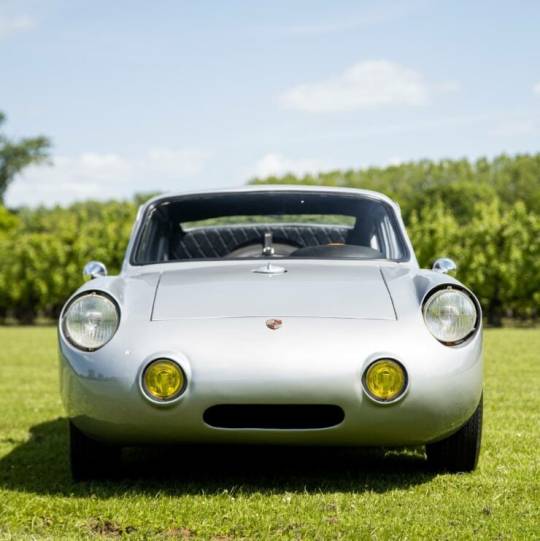



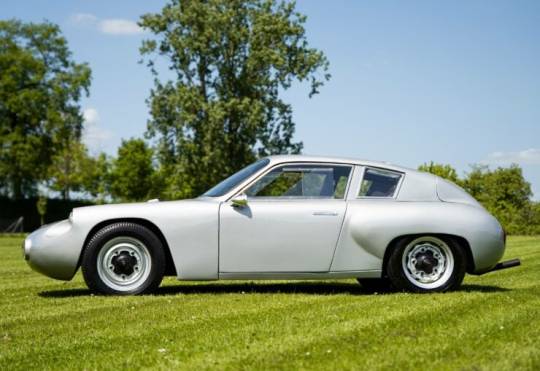
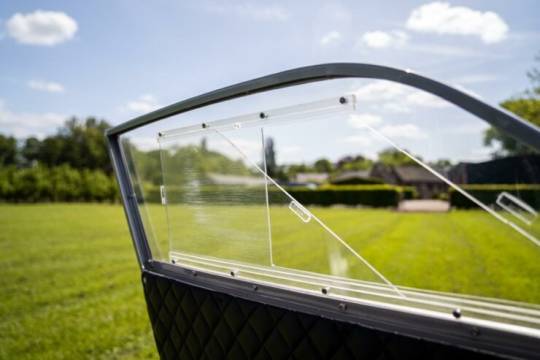
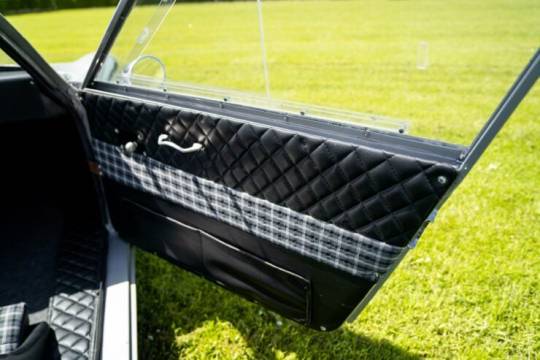
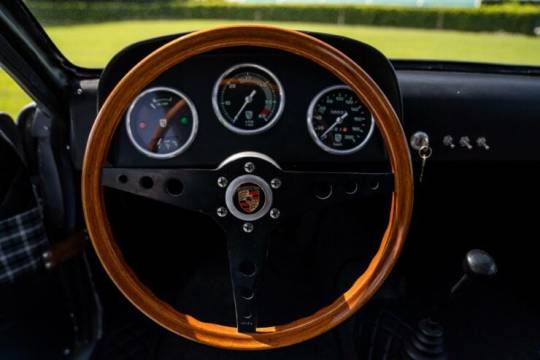


Porsche 356 Borghi Abarth (1 of 1.
This is the Porsche 356 Borghi Abarth, it’s a car with a fascinating backstory being the only one of its kind ever made – and it was only built because the 1953 Porsche 356 it’s based on burned to the ground in an accident. The car was built not in Italy but in Buenos Aires, Argentina. Italian coachbuilder Aldo Borghi had relocated to the South American country at a time when Argentina was booming economically and set up a coachbuilding and automotive race preparation shop.
Aldo Borghi was born in Italy, he trained as a young man in the art of automotive coachbuilding, specializing in the use of aluminum alloy to create strong, lightweight bodies. He later moved to Buenos Aires, Argentina, or more specifically he moved to the town of Tigre which is just slightly north of Buenos Aires but which is often included as being part of the large South American city.
In Argentina Borghi set up his own garage specializing in coachbuilding and developing sports cars for the bustling local racing scene. A number of significant cars came out of his workshop including the Alfa Romeo 2900 “Ballena” and the Alfa Romeo Spyder 6C 2500 “Paquito”, and he restored the Alfa Romeo 3000CM Carroceria Boano after an accident.
In 1965 he was brought the burned out hulk of a 1953 Porsche 356. Exactly what had happened to the car is lost to history but Borghi was able to salvage the floorpan, engine, transmission, and a number of other parts.
He then built a new body for the car entirely from hand-shaped aluminum, influenced by the styling of the Rocco Motto Abarth racing cars. The owner was delighted with the transformation and the car was notably lighter thanks to the loss of its original steel body.
Building a new body for a car that’s been badly burned isn’t an easy task, fortunately Aldo Borghi was more than up to the task.
He created an entirely new outer bodyshell in aluminum alloy by hand shaping each of the panels needed, using the styling of the aforementioned Rocco Motto Abarth racing cars as his guide. The end result would be a car with fastback styling, a sleek front end, wider rear wheel arches, and an engine bay that was considerably more roomy than the Porsche original.
The lack rearward visibility is perhaps the only major gripe, but there’s not a lot of need to see what’s behind you when you’re winning anyway.
Thanks to the loss of its heavier original steel body, the new car – named the Porsche 356 Borghi Abarth – was considerably faster than its forebear. The Porsche Super 90 engine was later upgraded to produce approximately 110 bhp, with power sent to the rear wheels via the original Porsche 4-speed manual transmission.
The car rides on steel wheels, with Porsche drum brakes at each of the four corners, and of course it has the independent front and rear suspension of the original 356.
Inside the car you’ll find a tastefully executed interior with leather seats that have plaid cloth inserts. This same combination is used on the doors, and the roof lining and rear of the car are finished in quilted leather.
Up front there’s a wood-rimmed classic steering wheel beside the gear lever, with three gauges front and center in the dashboard showing your speed, revs, and fuel level with the tachometer naturally in the center for optimal visibility.
#Porsche 356 Borghi Abarth#Aldo Borghi#Alfa Romeo 2900#Alfa Romeo Spyder 6C 2500#Alfa Romeo 3000CM#Porsche 356
134 notes
·
View notes
Text





Fiat 500 Spiaggina, 1957, by Boano. The carrozzeria built two of these beach cars, designed by Gianpaolo Boano based on the original Fiat 500 but lengthened to provide more space for passengers. One of the the two Spiagginas belonged to Aristotle Onassis but was destroyed in an accident.
#Fiat#Fiat 500#Fiat 500 Spiaggina#Fiat 500 Spiaggina Boano#Boano#1957#1950s#beach car#yacht tender#coachbuilt#open roof#Gianpaolo Boano#Aristotle Onassis#Spiaggina
537 notes
·
View notes
Text










Ferrari 250 GT Coupe 1957 by Boano. - source RM Sotheby's.
26 notes
·
View notes
Text



1957 Boano Fiat 1100 TV Sport Berlinetta
My tumblr-blogs: https://www.tumblr.com/blog/germancarssince1946 & https://www.tumblr.com/blog/frenchcarssince1946 & https://www.tumblr.com/blog/englishcarssince1946 & https://www.tumblr.com/blog/italiancarssince1946 & https://www.tumblr.com/blog/japanesecarssince1947
9 notes
·
View notes
Text
Endless summer: 1963 Fiat 500 Elegance by Savio
Felice Mario Boano, one of the most famous Italian coachbuilders of his time, was the first – while working at Ghia – to propose the ‘Spiaggina’ version based on Fiat utility vehicles. These special versions, without a roof and hood, were intended to be used as tenders for the wealthiest individuals of the time who needed a practical vehicle to use once they descended from their yachts. Of…
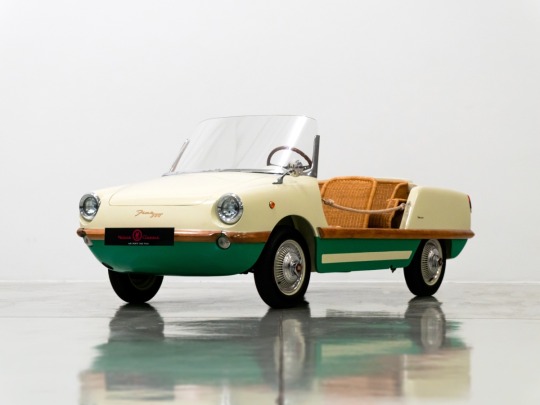
View On WordPress
12 notes
·
View notes
Text
Boano, Theatre Royal de Turin, 1899

2 notes
·
View notes


